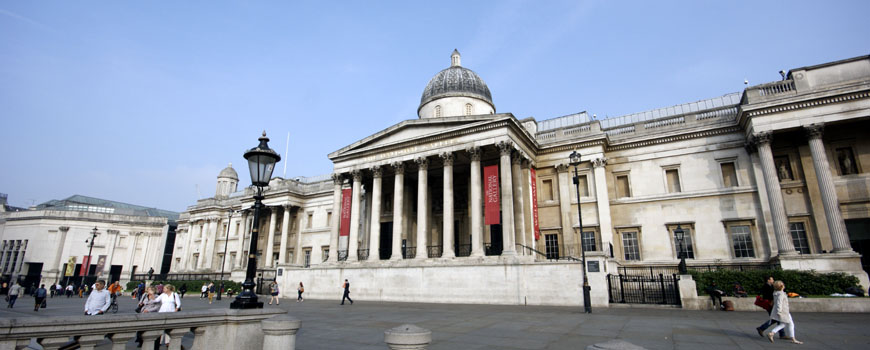Natural History Museum, London
Greater London, United Kingdom
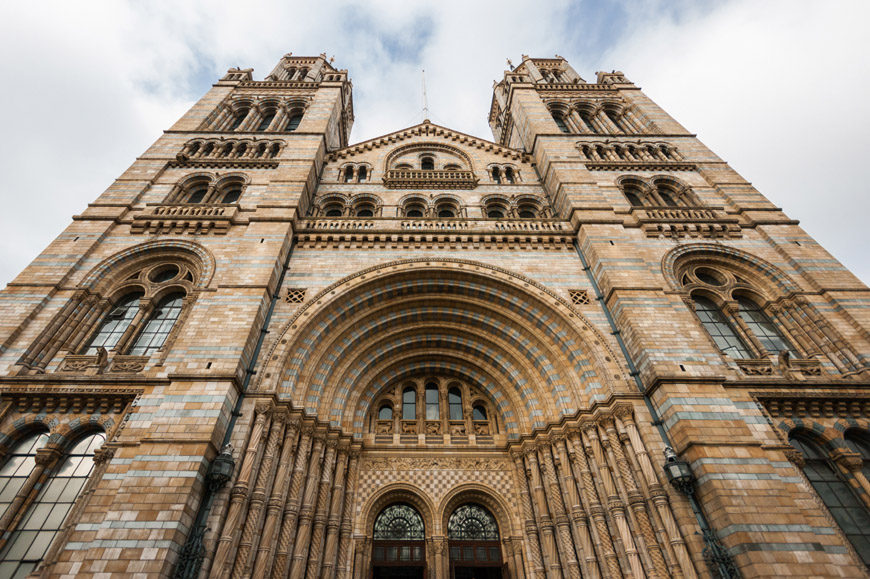
The Natural History Museum (HNM) in London is one of the most important science museums in the world.
Building and site
Founded in 1756 as a branch of the British Museum, the NHM became an independent institution in 1963. Since 1881, the museum is housed in an imposing Victorian-style building designed by English architect Alfred Waterhouse.
An extension designed by the Danish firm C.F. Møller, the Darwin Centre, was opened in 2009.
Together with the Science Museum and the Victoria and Albert Museum, the HNM is one of the three major museums located on Exhibition Road, in South Kensington, one of the most renowned cultural districts in Europe.
Cover image: The Natural History Museum facade on Cromwell Road. Photo Riccardo Bianchini / © Inexhibit
Photo Riccardo Bianchini / © Inexhibit
Galleries
The permanent exhibition at the Natural History Museum is divided into four galleries called zones, each identified by a different color.
The Blue zone is dedicated to zoology and biology and includes the famous Dinosaurs gallery and the popular section dedicated to large mammal skeletons and reconstructions.
The Green zone is focused on Earth sciences and comprises galleries with fossils, minerals, and meteorites, including the Vault, a special gallery that presents one of the world’s largest collections of colored diamonds and gems. The Green Zone also includes the famous Hintze Hall, an imposing space featuring large specimens, including the skeleton of a blue whale (which replaced that of a diplodocus, popularly known as Dippy the Dinosaur, in 2017) and a slice of a 1,300-year-old giant sequoia.
The Red zone presents geology, minerals, stalagmites, and fossils, and investigates the impact of human civilization on our planet.
The Orange zone is focused on wildlife; this section also includes the Darwin Centre – an eight-story cocoon-like building named after the famous British scientist Charles Darwin – and a very popular wildlife garden.
Programs and services
The program of events and activities of the NHM features temporary exhibitions, special events, guided tours, workshops, and educational programs. The museum includes three shops, four cafes, a grill restaurant, and a free picnic area.
Most of the Natural History Museum is accessible to people with disabilities; a limited number of wheelchairs are available, free of charge.
The monumental Hintze Hall is the most iconic space of the museum, as well as the gateway to the NHM galleries. Photo Riccardo Bianchini / © Inexhibit
Another view of the Hintze Hall with the skeleton of Dippy the Diplodocus (replaced in 2017 by that of a giant blue whale previously on view in the Mammals Gallery). Photo Riccardo Bianchini / © Inexhibit
Hintze Hall, a coelacanth fish (Latimeria chalumnae) specimen. Photo Riccardo Bianchini / © Inexhibit
The skeleton of a North Island giant moa (Dinornis novaezealandiae). Photo Riccardo Bianchini / © Inexhibit
The gallery of minerals in the Red Zone. Photo Riccardo Bianchini / © Inexhibit
The Vault, the Latrobe native gold nugget (the world’s largest cluster of cubic gold crystals) found in Victoria, Australia. Photo Riccardo Bianchini / © Inexhibit
Fossils of various prehistoric sea animals in the Marine Reptiles gallery. Photo Riccardo Bianchini / © Inexhibit
View of the Mammals and blue whale gallery in the Blue zone. Photo Riccardo Bianchini / © Inexhibit
The Darwin Centre is an eight-story scientific research center and an interactive gallery part of the Orange zone. Photo Riccardo Bianchini / © Inexhibit
A flock of sheep in the Wildlife Garden of the museum. Photo Riccardo Bianchini / © Inexhibit
Cover image, the main facade of the Natural History Museum in London. Photo © Inexhibit
How our readers rate this museum (you can vote)

The Darwin Centre phase II with it famous Cocoon, designed by C. F. Møller Architects, is a spectacular addition to the Natural History Museum in London
copyright Inexhibit 2024 - ISSN: 2283-5474

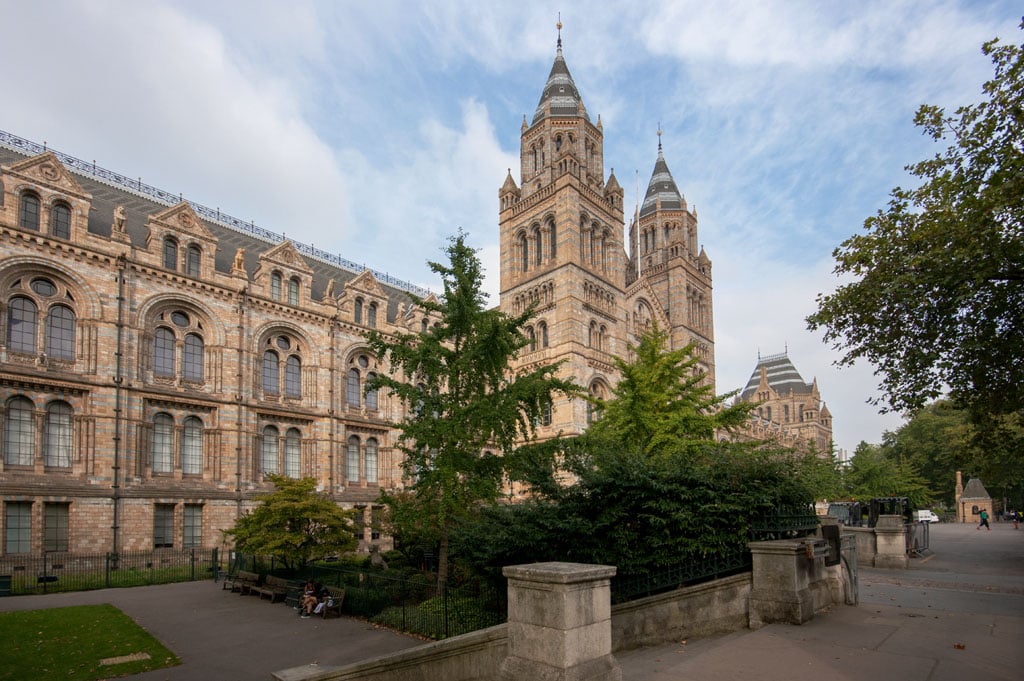
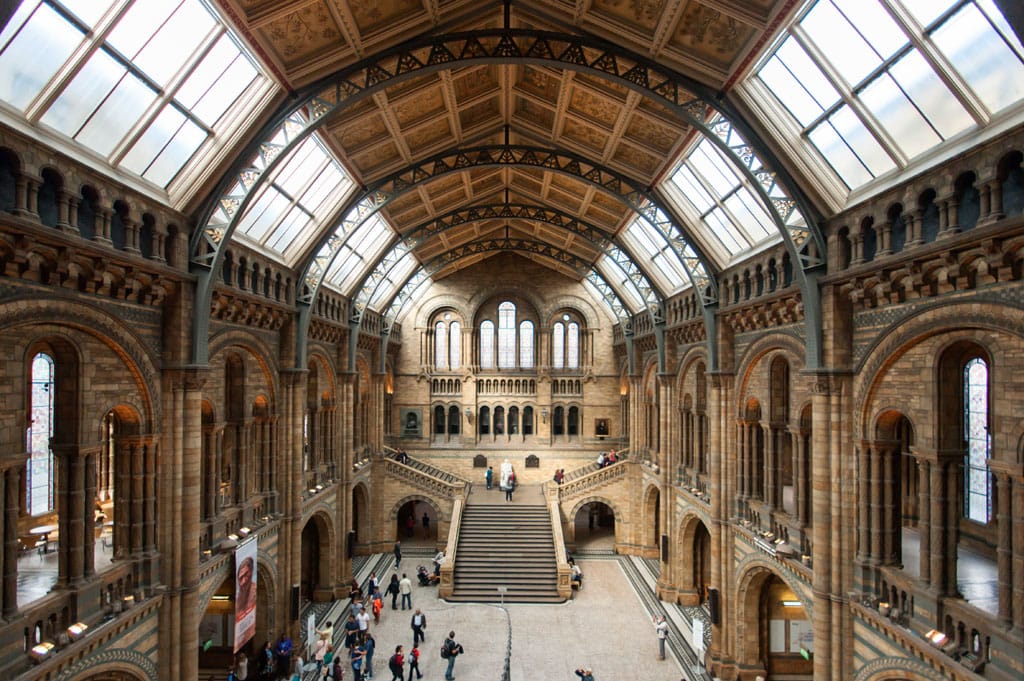
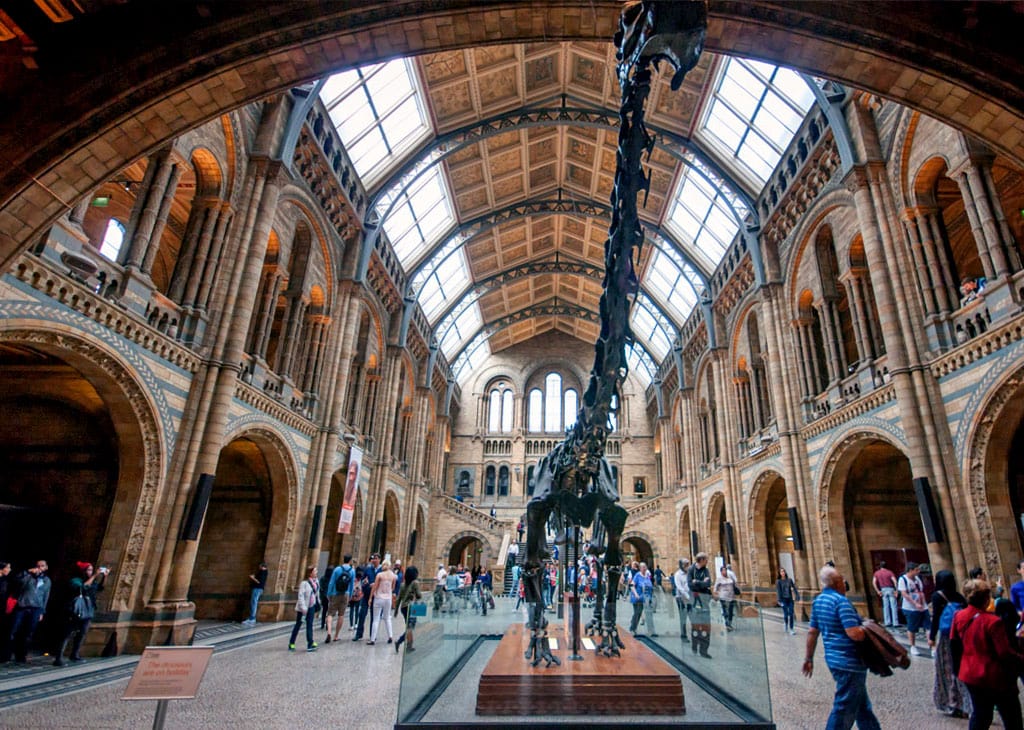

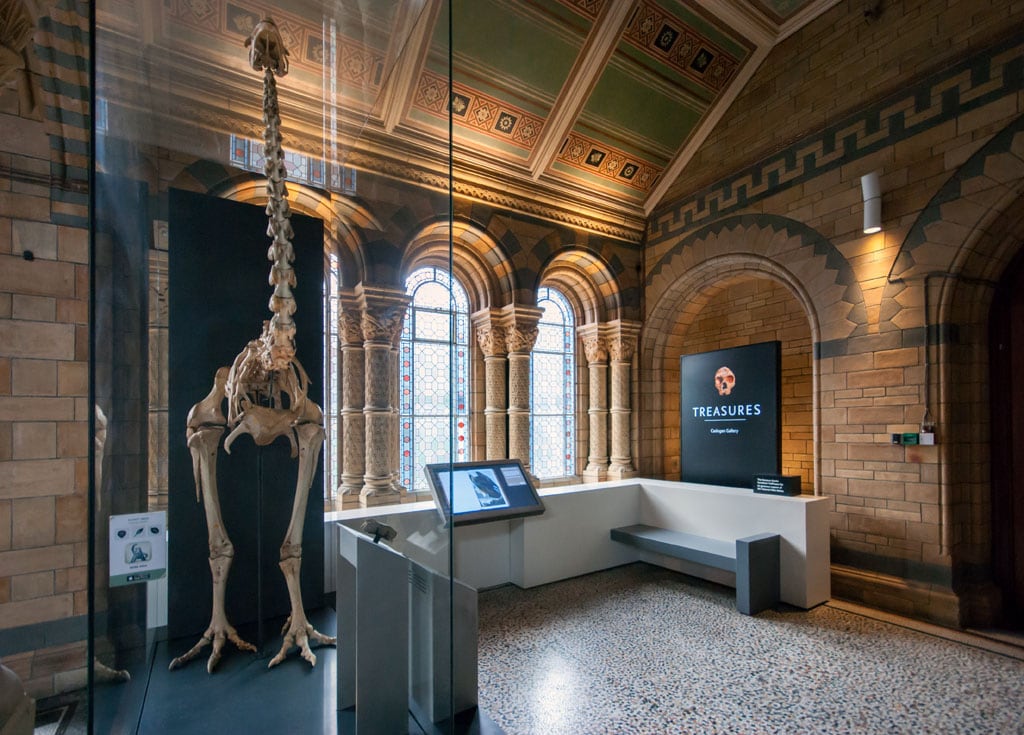
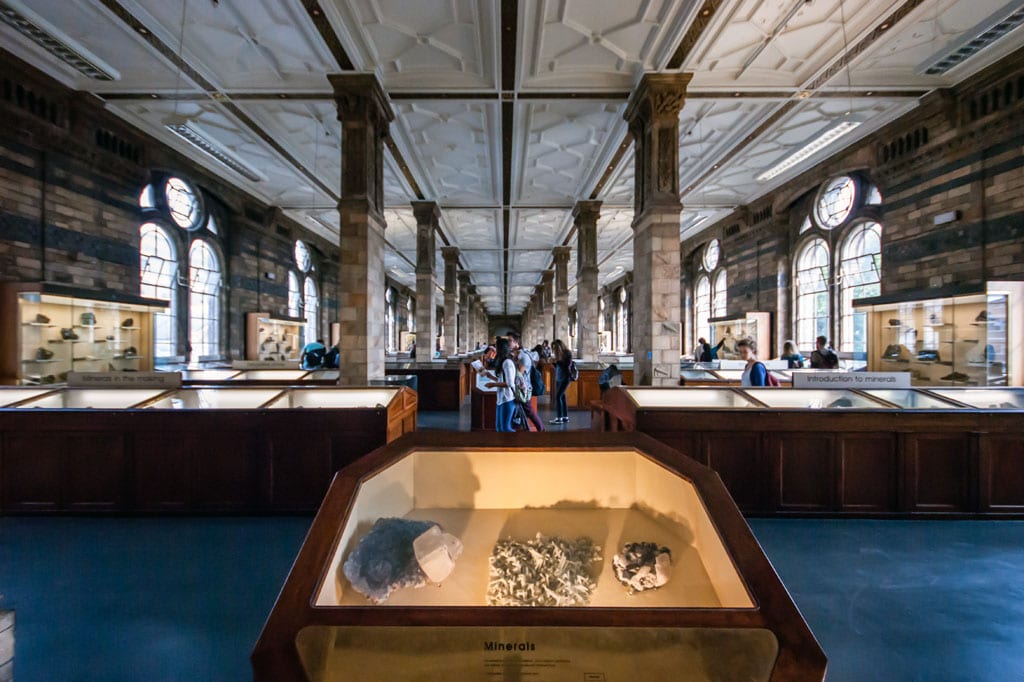

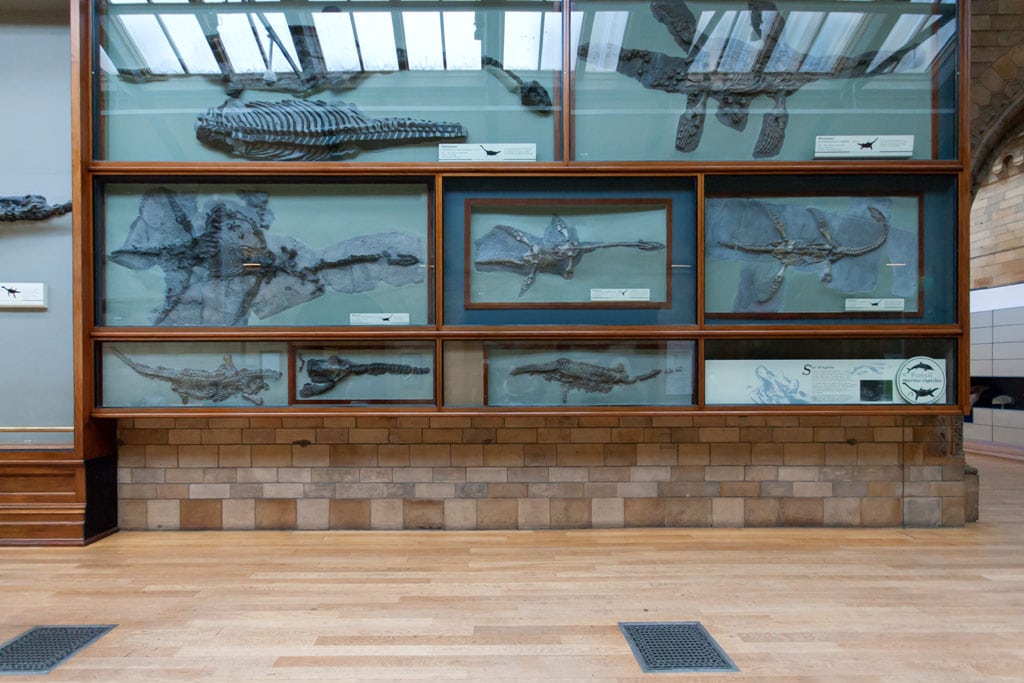


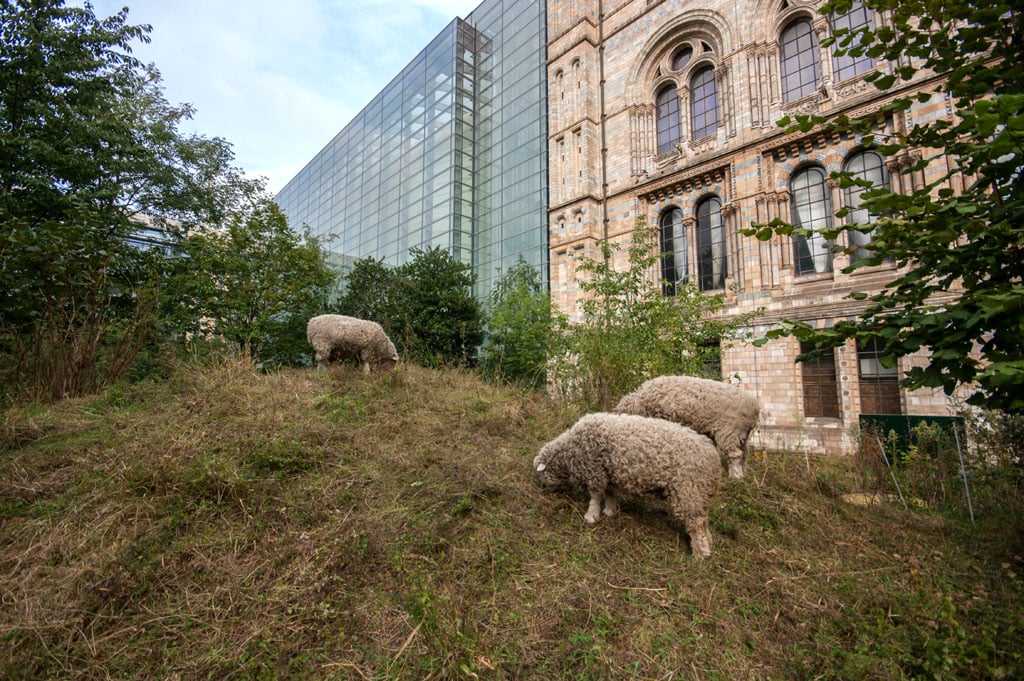

 (8 votes, average: 4.63 out of 5)
(8 votes, average: 4.63 out of 5)